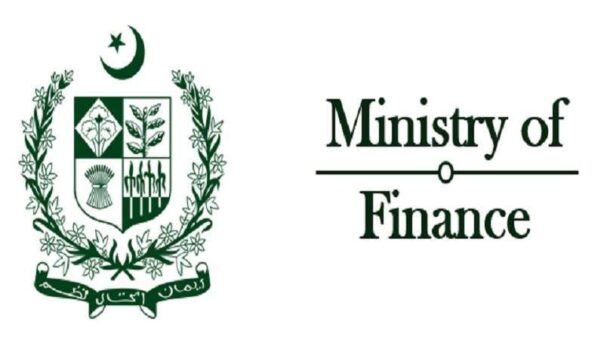Karachi, May 2, 2024 – Pakistan’s fiscal landscape has shown significant volatility, as the nation’s fiscal deficit expanded by 27% year-on-year (YoY), reaching Rs 3.9 trillion in the first nine months of the fiscal year 2023-24, data from the Ministry of Finance revealed.
This increase places the deficit at 3.7% of the Gross Domestic Product (GDP) for the period from July to March 2023-24, slightly widened from 3.6% recorded in the same period the previous fiscal year.
Despite the deficit, the economy showed some signs of resilience. The Federal Board of Revenue (FBR) collected revenues amounting to Rs 6.7 trillion, achieving the government’s targeted figures. The total revenue stood at Rs 9.8 trillion, which represents 9.2% of GDP and marks a significant 41% YoY increase from Rs 6.9 trillion in the corresponding period last year.
A detailed report by Arif Habib Limited highlighted that tax revenues saw a 29% YoY increase to Rs 7.3 trillion, with the FBR experiencing a 30% YoY growth. Indirect taxes rose by 21% YoY to Rs 3.5 trillion. Notably, sales tax, customs duty, and federal excise duty all saw significant increases, with federal excise duty alone surging by 64% YoY.
Direct taxes also demonstrated strong growth, rising by 41% YoY to reach Rs 3.3 trillion. Non-tax revenues similarly surged, up 91% YoY to Rs 2.5 trillion. This dramatic increase was largely driven by a 99% rise in Petroleum Levy collections, which totaled Rs 720 billion.
On the expenditure front, total spending rose to Rs 13.7 trillion, a 37% increase YoY, which corresponds to 12.9% of GDP. The current expenditure itself grew by 33% to Rs 12.3 trillion, with interest payments on debt recording a substantial 54% increase, totaling Rs 5.5 trillion.
Investment in the Public Sector Development Programme (PSDP) continued, with an overall allocation of Rs 1.16 trillion, up 14% YoY. While federal disbursements fell by 8% to Rs 270 billion, provincial PSDP expenditures rose by 23% to Rs 888 billion, reflecting ongoing developmental priorities.
The significant increase in both revenues and expenditures underscores the complex economic challenges and growth opportunities facing Pakistan. Higher indirect and direct tax collections suggest an expanding tax base and improved compliance, while the rise in non-tax revenues indicates an efficient leveraging of state resources. However, the growing fiscal deficit and substantial rise in debt servicing costs pose formidable challenges.
Economic analysts emphasize the need for continued fiscal prudence and effective debt management to ensure sustainable economic growth. The government’s ability to balance between stimulating economic growth and controlling deficit expansion will be crucial in the coming months, especially as the nation continues to navigate both domestic and international economic pressures.
